
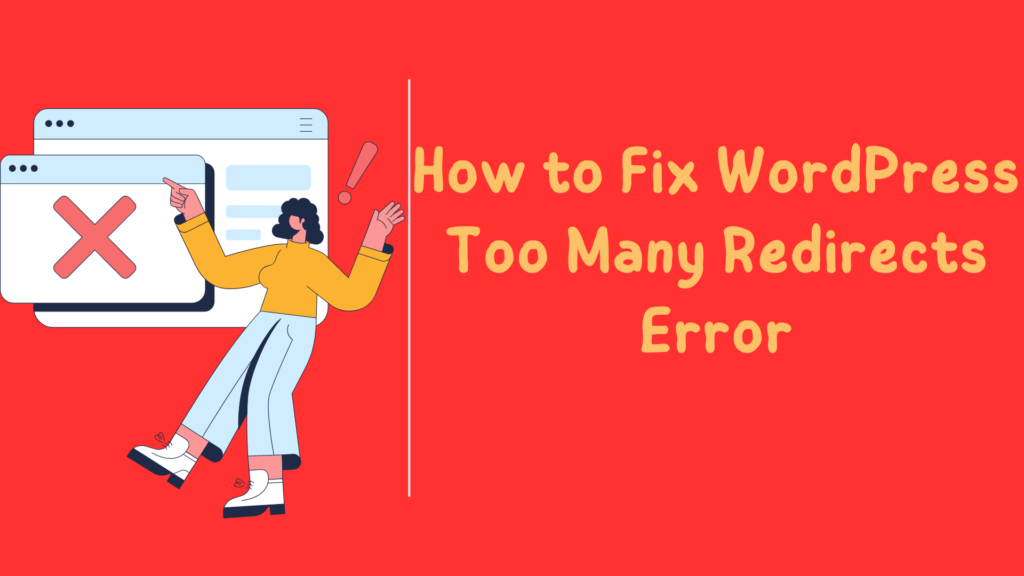
Errors can happen when managing a WordPress blog, and they frequently do. The “Too Many Redirects” error is one of the annoying errors that many users experience. When there is a never-ending cycle of redirects between two or more of your website’s pages, this error occurs and users are unable to access your content. We will look at the causes of this error and offer you practical fixes in this guide.
What the “Too Many Redirects” Error Means
Typically, the “Too Many Redirects” error is followed by a message that says “The page isn’t redirecting properly” or “This webpage has a redirect loop.” It suggests that there is a configuration problem causing an excessive amount of redirects, which leads to an endless loop.
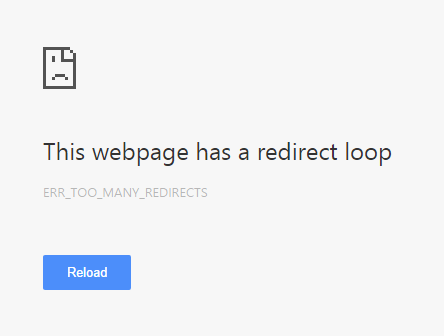
Common Causes of the “Too Many Redirects” Error
- Incorrect configuration of WordPress settings
Fix: Go to Settings > General in your WordPress dashboard. Check and make sure the URLs in the WordPress Address (URL) and Site Address (URL) fields accurately reflect the address of your website. Use either the HTTP or HTTPS prefix consistently throughout.
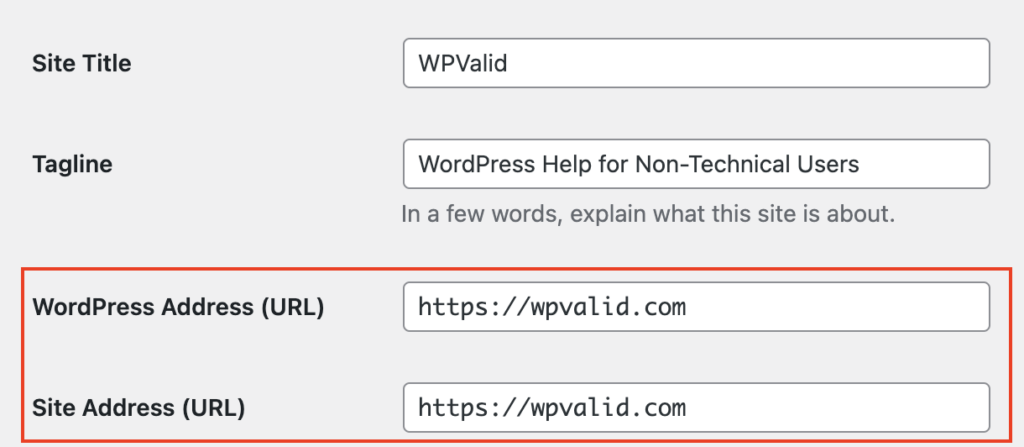
- Corrupted plugins
Deactivate each plugin individually by clicking “Deactivate” in the Plugins section of your WordPress dashboard.
However, we assume that the redirect error may have prevented you from reaching the WordPress admin area. If so, you’ll need to use an FTP client or the File Manager tool in your WordPress hosting control panel to deactivate the plugins.
- Use the file manager that your hosting company has provided. Usually, a web-based interface or an FTP client like FileZilla are used to access this via FTP (File Transfer Protocol).
- Locate the WordPress installation’s root directory. Usually, this is referred to as www or public_html.
- Find and open the “wp-content” folder once you are in the root directory.
- Find the “plugins” directory in the “wp-content” folder, and then rename the directory with disabled-plugins.
- Once you have renamed the plugin’s folder, the plugins will be deactivated on your WordPress site.
- Visit your WordPress site and check if the plugin is successfully deactivated. You should no longer see the functionality provided by that particular plugin.
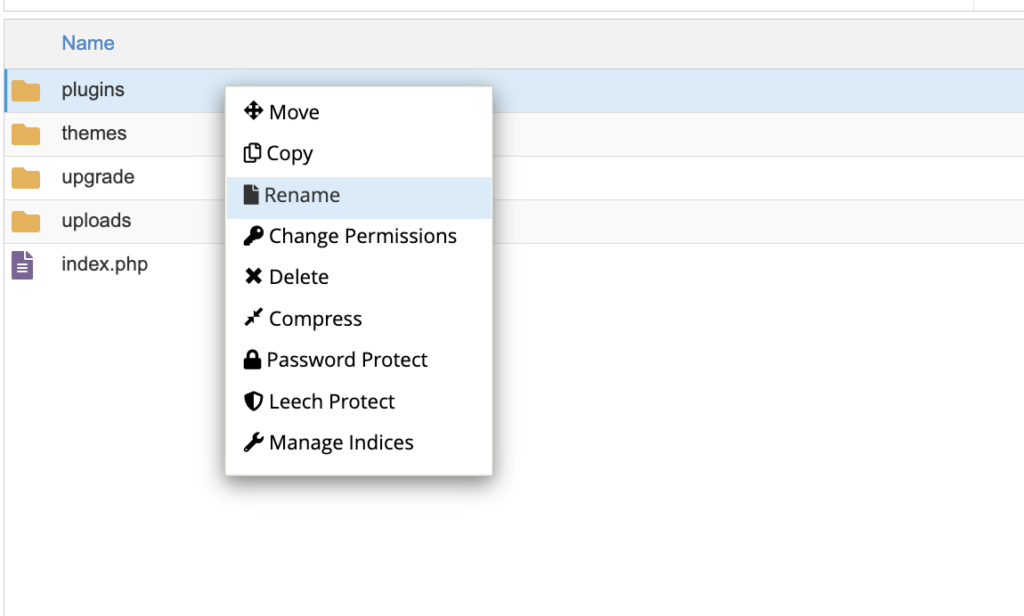
- Incorrect SSL certificate configuration or incompatibility
Check the setup of your SSL certificate. Verify that your SSL certificate is installed and configured correctly. To prevent redirection issues, pay attention to HTTPS redirection settings and make sure they are configured properly.
- Misconfigured .htaccess file
Make use of an FTP client or the File Manager function offered by your hosting company to access the root directory of your website. To temporarily disable it, find the .htaccess file in your WordPress root directory and rename it to something like “.htaccess_old”. Check if the error still exists after refreshing your website. If the issue is fixed, go to Settings > Permalinks and press the “Save Changes” button on the WordPress dashboard to create a fresh .htaccess file.
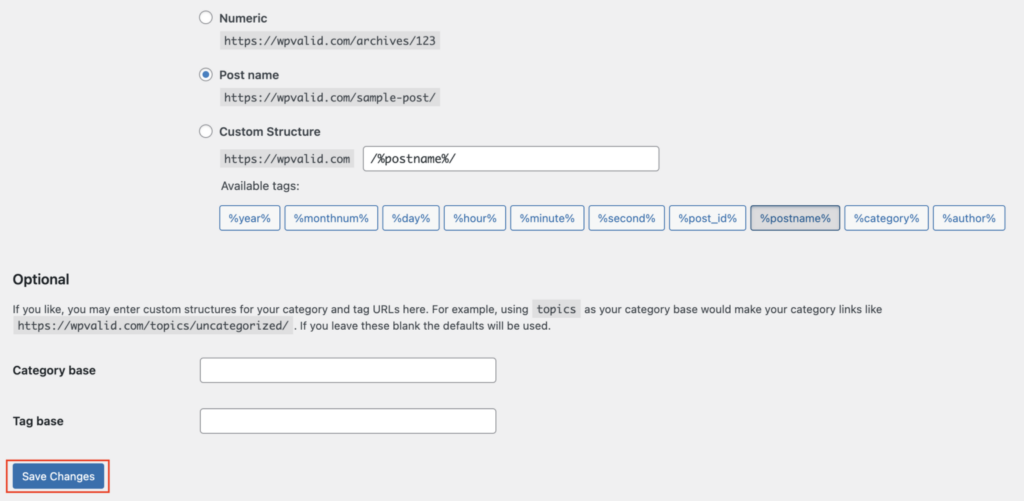
- Check browser cache and cookies
Clear the cookies and cache in your browser. This removes any previously stored redirect data that might be causing conflicts. These choices are typically located in the settings or preferences of your browser.
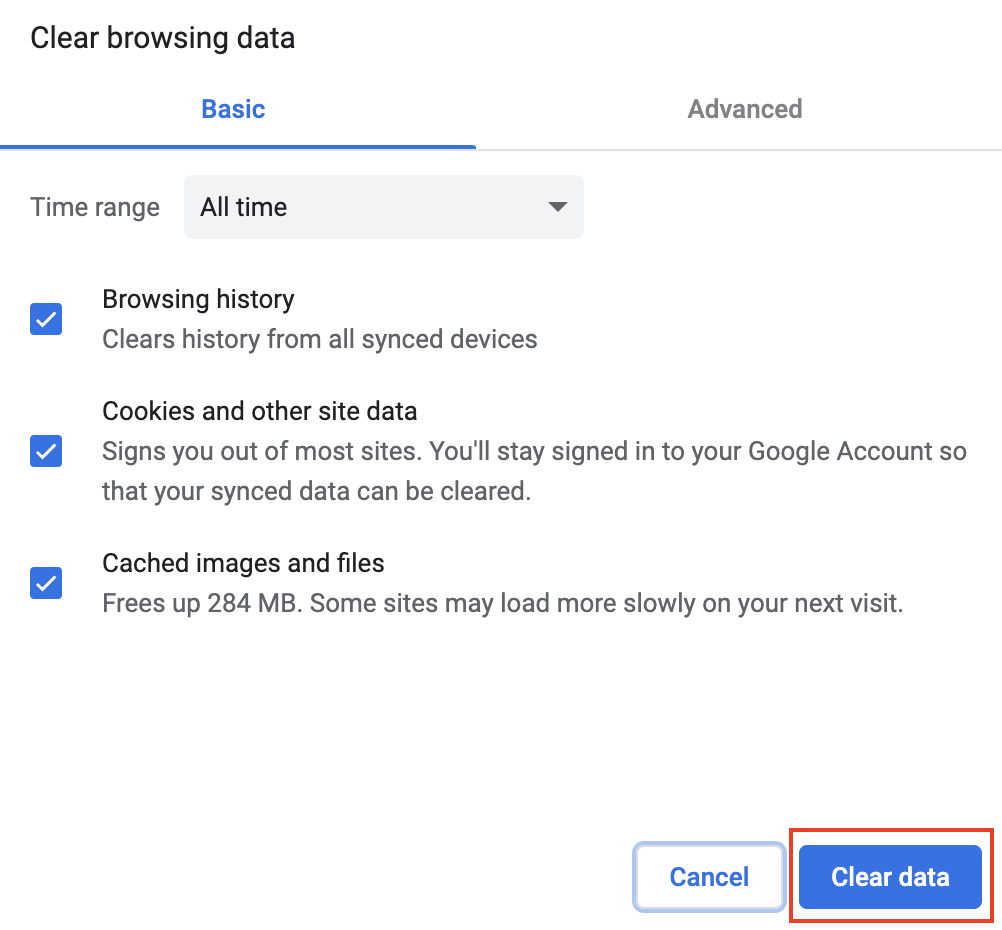
Preventing Too Many Redirects Error
Update WordPress, themes, and plugins frequently: By frequently checking the WordPress dashboard for updates, you can keep the components of your website current. Update your WordPress core, plugins, and themes to ensure compatibility and lessen the possibility of Too Many Redirects Error.
Utilize trustworthy plugins and themes: Pick plugins and themes from reliable sources with good reviews and consistent updates. By doing this, the possibility of conflicts and mistakes that might result in redirect problems is reduced.
Implement a backup strategy: Make regular backups of your WordPress website using a trustworthy backup plugin. In the event of any problems during troubleshooting or updates, such as redirect errors, you will have a restore point thanks to this.
Summary
Both website owners and visitors may become frustrated when they receive the “Too Many Redirects” error. However, you can accurately identify and correct the error if you have the knowledge and troubleshooting techniques described in this article. Redirect issues can be reduced by making sure your site is configured correctly, keeping it updated, and taking preventative measures. This will give your readers a seamless browsing experience.
